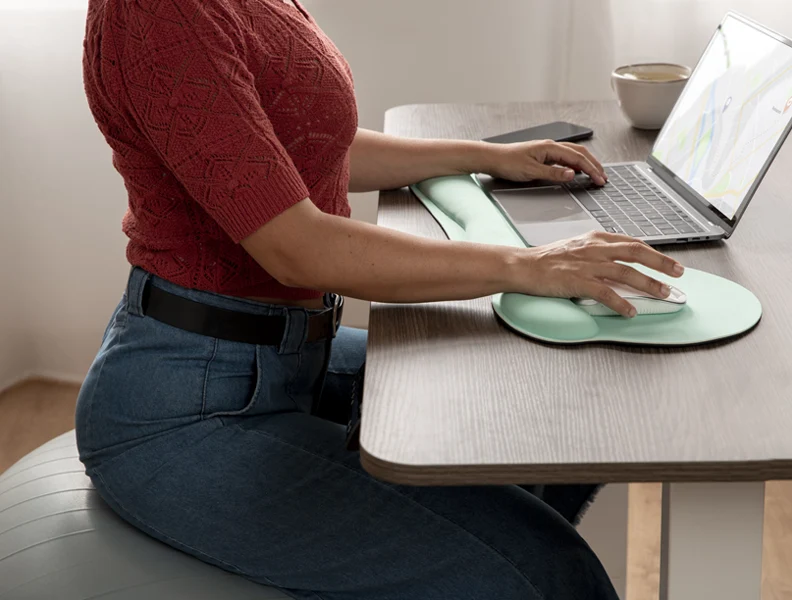Let’s be real—sciatica can make something as basic as sitting feel like a full-contact sport. That throbbing, burning, or shooting pain down your lower back, butt, or leg? It gets worse when you sit the wrong way. At Proactive Health, we know sciatica doesn’t just mess with comfort—it disrupts focus, sleep, work, and even your mood. So, if you’re wondering how to sit with sciatica without aggravating the nerve, we’ve got you covered.
This guide will walk you through exactly what sciatica is, why sitting hurts so much, and most importantly—how to sit properly, move smarter, and ease that nerve pain. Let’s get into it.
Understanding Sciatica and the Sitting Struggle
Sciatica isn’t a standalone condition—it’s a symptom of nerve irritation. The sciatic nerve is the biggest nerve in your body, running from your lower spine through your hips and down each leg. When it’s pinched or compressed, pain radiates along its path.
Why Sitting Hurts More
When you sit, especially with poor posture or in an unsupportive chair, your pelvis can tilt the wrong way, increasing pressure on the lumbar discs or piriformis muscle. That’s bad news for your sciatic nerve. Prolonged sitting with your hips flexed over 90 degrees or slouching forward reduces circulation, compresses your discs, and irritates the nerve even more.
Bottom line: your sitting posture can either calm or fire up your sciatica.
Common Causes of Sciatica
Knowing what causes or contributes to sciatica is key to adjusting your daily habits—especially how you sit. Here are the major culprits:
1. Herniated or Bulging Discs
Discs that protrude or leak can press on spinal nerves.
2. Piriformis Syndrome
The piriformis muscle, located deep in the buttocks, can spasm and irritate the sciatic nerve underneath it.
3. Spinal Stenosis
Narrowing of the spinal canal squeezes the nerve roots.
4. Degenerative Disc Disease
Aging discs shrink and lose cushioning, leading to nerve irritation.
5. Pregnancy, Obesity, or Sedentary Lifestyles
These can alter posture and spinal pressure, indirectly impacting the sciatic nerve.
Diagnosis: Is It Really Sciatica?
Sciatica usually comes with tell-tale symptoms:
- Sharp, shooting pain from the lower back down the leg
- Numbness, tingling, or weakness in the leg
- Pain that worsens with prolonged sitting or standing
If you’re unsure whether what you’re feeling is actually sciatica, or if the pain is severe, persistent, or comes with bowel/bladder changes, it’s time to see a specialist. At Proactive Health, our diagnostic approach includes physical exams, posture analysis, and possibly imaging to confirm the source of your discomfort.
How to Sit with Sciatica: Techniques That Work
Alright, let’s talk about what you came for. Here’s how to sit with sciatica the right way.
1. Use a Supportive Chair
Ditch the soft, slouchy seats. You want a chair that offers firm lumbar support and keeps your spine aligned. Your chair should:
- Allow your feet to rest flat on the ground
- Keep your hips slightly above your knees
- Support your lower back’s natural curve (use a rolled towel or lumbar cushion if needed)
2. Keep Your Weight Balanced
Sit evenly on both hips. Avoid leaning to one side or crossing your legs, which can tilt the pelvis and irritate your spine.
3. Slight Recline Helps
A slight 100-110 degree recline can ease lower back pressure. Just don’t lean too far back or hunch forward.
4. Use a Footrest If Needed
A footrest can help keep your hips open and prevent hamstring tension, which can tug on the sciatic nerve.
5. Change Positions Often
The key to sciatica relief isn’t just how you sit—it’s how long you stay there. Set a timer to stand and move every 30 to 45 minutes.
6. Don’t Sit on Your Wallet or Phone
It may sound minor, but sitting on something uneven can cause pelvic misalignment, worsening nerve compression.
Stretching and Movement While Sitting
Sometimes, even when you’re stuck at a desk, you can sneak in some relief.
Seated Figure-Four Stretch
- Cross your ankle over your opposite knee
- Keep your back straight and gently lean forward
- Hold for 30 seconds, switch sides
Seated Pelvic Tilt
- Sit upright
- Tuck your pelvis slightly forward, then back
- Repeat slowly 10 times
Seated Sciatic Nerve Glide
- Sit tall, straighten one leg slightly, and point/flex the foot
- Alternate each leg, 10 reps per side
These micro-movements can make a huge difference in managing nerve irritation.
Long-Term Prevention: Beyond the Chair
Even if you nail your sitting posture, you need to look at the bigger picture.
1. Strengthen Your Core
A stable core reduces stress on the lumbar spine. Focus on low-impact exercises like planks, bird-dogs, and bridges.
2. Stretch Tight Hips and Hamstrings
Tightness in the posterior chain (hamstrings, glutes, piriformis) can pull on your spine and hips.
3. Improve Ergonomics
Make your workstation work for you. Adjust monitor height, keyboard placement, and desk setup to encourage a neutral spine.
4. Stay Active
Regular walking, swimming, or gentle yoga boosts circulation, reduces inflammation, and keeps your spine healthy.
Treatment Options at Proactive Health
If posture tweaks and home stretches aren’t cutting it, we’re here to help. At Proactive Health, we offer:
- Postural assessments and ergonomic evaluations
- Physical therapy to address muscle imbalances
- Manual therapy for tight muscles like the piriformis
Our holistic, hands-on approach helps you move, sit, and live pain-free.
Take Action Today
You don’t have to let sciatica rule your day—especially not when sitting. If your chair feels more like a torture device than a resting spot, it’s time for expert support. Book your consultation with Proactive Health today. Whether you’re at a desk all day, driving for hours, or just struggling to find a comfortable position, we’ll help you fix the root cause and take back control of your spine.



